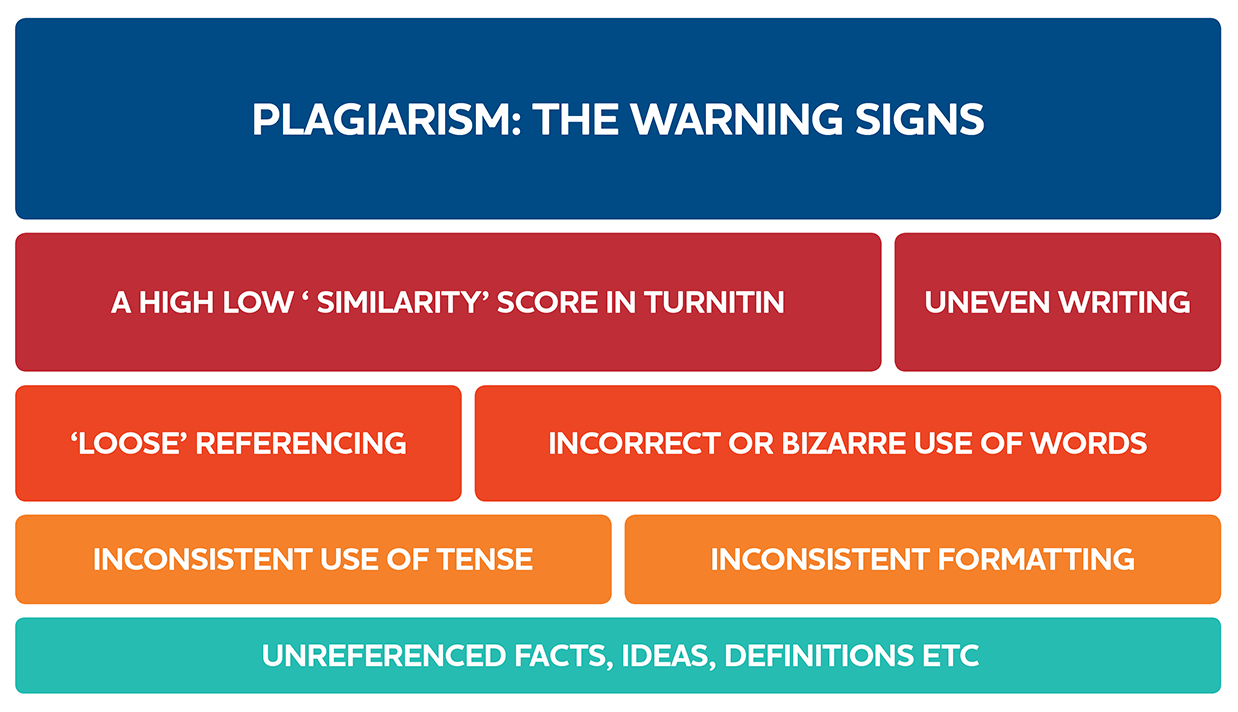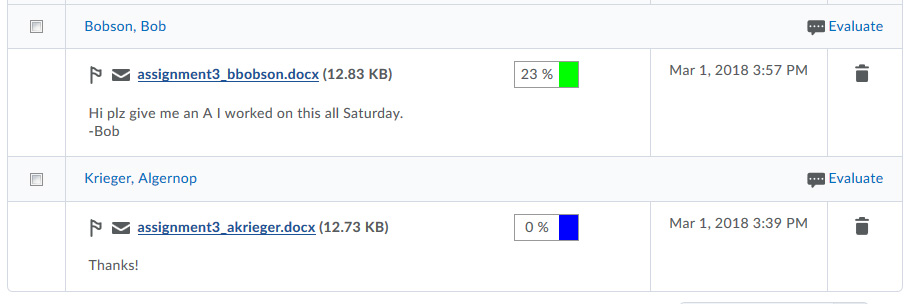Plagiarism is the act of using someone else's work or ideas as your own without proper attribution. It is a serious offense that can have serious consequences, both academically and professionally. Plagiarism can be intentional or unintentional, but either way it is considered unethical and can lead to academic penalties such as failing a course or being expelled from school. In the professional world, plagiarism can lead to loss of credibility, damage to reputation, and even legal action.
One way to measure the extent of plagiarism in a piece of work is to use a plagiarism score. This is a numerical representation of the percentage of the work that is considered to be plagiarized. A plagiarism score is usually calculated using a plagiarism detection tool, which compares the text in question to a database of other sources to see if any similarities exist.
So, what is a good plagiarism score? The answer to this question depends on the context and the standards of the institution or organization in question. In general, however, a lower plagiarism score is considered better than a higher one. A plagiarism score of zero is generally considered to be the best possible score, as it indicates that the work is completely original and has not been copied from any other source.
In academic settings, it is common for institutions to set a threshold for acceptable levels of plagiarism. This threshold may vary depending on the level of the course, the subject matter, and the institution's policies. For example, some institutions may consider a plagiarism score of less than 10% to be acceptable, while others may have a stricter threshold of 5% or even lower. It is important to check with your institution or instructor to find out what the specific standards are for acceptable levels of plagiarism.
In the professional world, the standards for acceptable levels of plagiarism may be even stricter. In many cases, any level of plagiarism is considered unacceptable and can lead to serious consequences. It is important to always give proper attribution to the work of others and to properly cite any sources that you use in your own work.
In conclusion, a good plagiarism score is one that is as close to zero as possible. While there may be some leeway for acceptable levels of plagiarism in academic settings, it is always best to strive for originality and to give proper attribution to the work of others. In the professional world, any level of plagiarism can have serious consequences, so it is important to always ensure that your work is fully original and properly cited.






